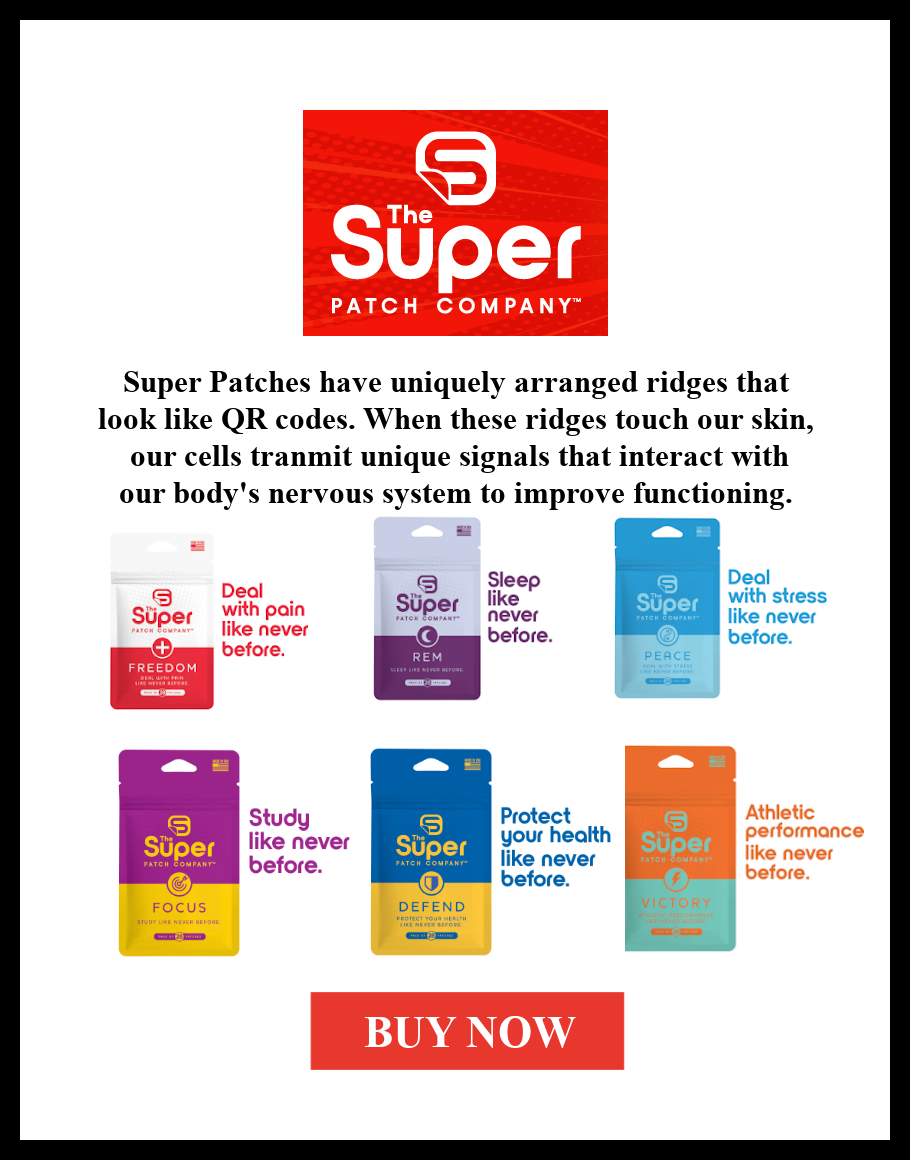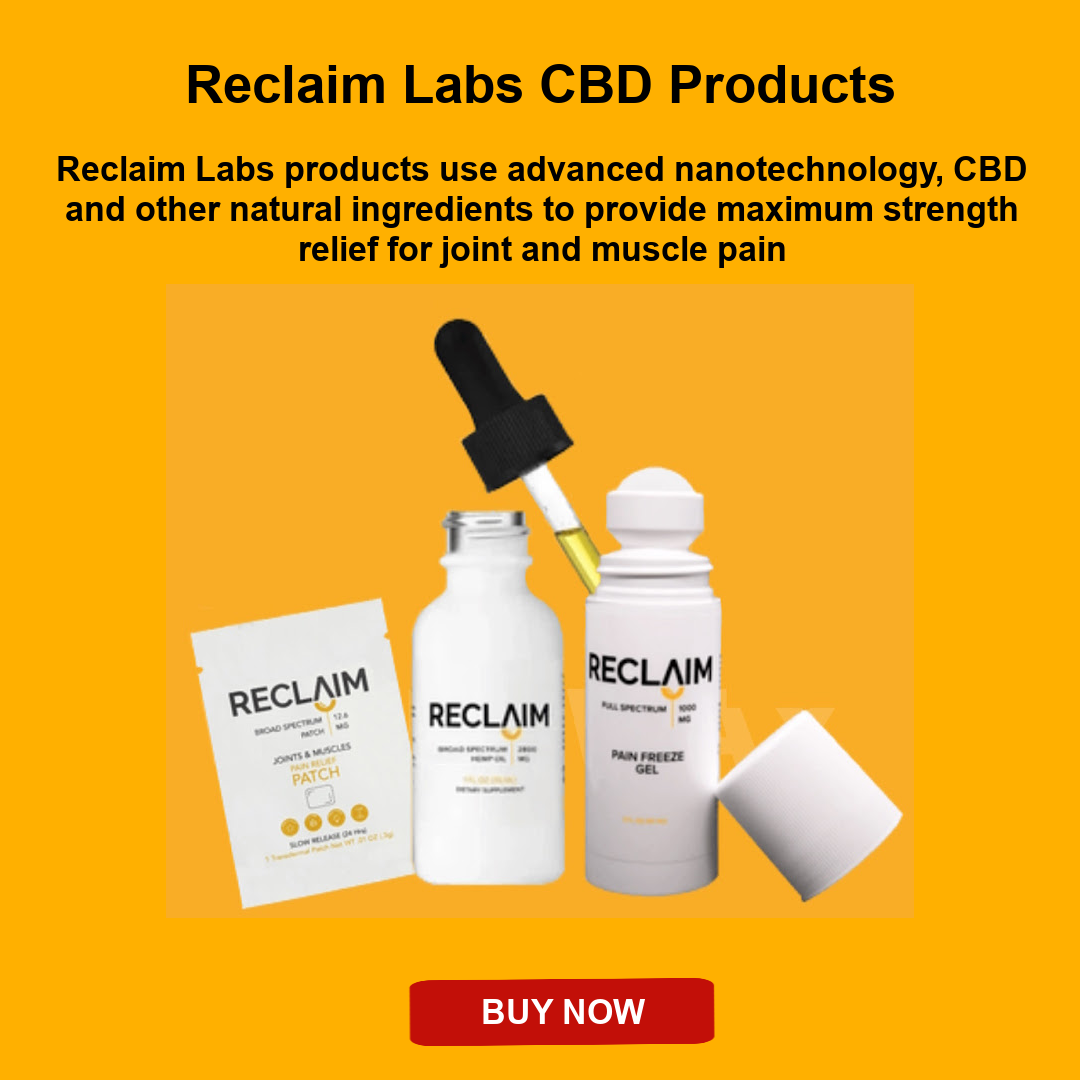
Ironically, some of today’s most widespread health problems stem from physiology evolved to confer health advantages. A taste preference for sugar and fat, for example, staved off starvation by motivating our ancestors to eat high-calorie foods. In the context of today’s standard Western diet, of course, that same taste preference can lead to chronic health problems like diabetes and obesity.
Another example of an important, life-saving physiological process that can turn from health friend to health foe when context changes is inflammation.
Inflammation as a First Response Against Infection
Inflammation is the first-response component of our complex immune system. Whereas other aspects of the immune response utilize a complex process of learning and directed action to identify and target pathogens, acute inflammation is an emergency, non-targeted, blunt-tool approach to simply and rapidly get a breach of security under control.
For example, imagine you accidentally cut yourself while chopping vegetables. This breach of the skin can be highly dangerous, and must be immediately addressed by the immune system. There will be time later to identify the exact nature of any pathogens that got in, but at the moment of the injury, the body needs to act rapidly. Within seconds, chemicals are released and cells rush in to infiltrate the area with nonspecific agents that neutralize anything that might be a threat. (“Shooting from the hip”, as it were, with the resulting damage to the body’s own tissues considered an acceptable price for saving the whole body from infection.) These nonspecific agents include immune cells like mast cells, macrophages, and polymorphonuclear leukocytes (PMNs, also known as granulocytes).
The rapid inflammatory response steps these agents take to protect against invaders include eating bacteria or virus-infected cells, releasing chemicals that fight the invaders, and releasing signals to recruit more sophisticated immune agents to the area.
Among the most important substances involved in this process are the cytokines and chemokines, substances that both engage in direct defense and serve as communication chemicals to coordinate the larger immune response. Examples include interferon, an important group of chemicals that block replication of viruses, and interleukins, which attract other immune elements to the site of injury and stimulate further immune response steps. The release of cytokines and chemokines results in a growing mass of macrophages and other cells, called a granuloma.
What this looks like from the outside is a reddening and swelling of your cut into a painful welt. It’s a good thing, though: this local inflammation will serve to block pathogens from getting into the body through the injury — it’s there to protect your body, and will go away with time.
Chronic Inflammation
Although acute inflammation can be annoying (mosquito bites, for example), it is rarely a physiological troublemaker. If swelling poses a true risk, it can be easily mitigated; for example, inflammation in an injured joint can be countered by ice and an anti-inflammatory agent such as aspirin. There’s another type of inflammation, though, that can cause serious problems in the body: chronic inflammation.
Unlike acute inflammation, chronic inflammation does not go away with time. In the absence of a true target, the immune cells involved in the inflammatory response can end up injuring nearby healthy tissue. The resulting injury can trigger a cycle of further inflammation that can escalate into a number of well-known chronic diseases, including diabetes, rheumatoid arthritis, and heart disease. Chronic inflammation can also work hand in hand with repeated minor injuries, transforming them into major health problems. This process is seen in repetitive stress injuries such as carpal tunnel syndrome.
Acute vs. Chronic Inflammation in the Body
Chronic inflammation is somewhat different in character from acute inflammation; whereas acute inflammation is dominated by nonspecific cells, chronic inflammation is dominated by later-acting cells that mount a defense that employs recognition of and response to antigens. (Antigens are parts of a pathogen — or harmless substance, in the case of allergies — that immune cells called lymphocytes learn to recognize and target.) For this reason, acute and chronic inflammation are often characterized as two stages of inflammation, although this is not an accurate characterization, since most cases of acute inflammation never evolve into chronic inflammation.
So, when and why does chronic inflammation develop? Chronic inflammation can result from several causes, including the failure to eliminate a pathogen (for example, a parasitic worm egg), the inability to get rid of an irritant, such as silica dust in the lungs, or the mistaken recognition of a part of one’s own body as a pathogen, known as an autoimmune disorder. Diseases associated with chronic inflammation include rheumatoid arthritis, cancer, cardiovascular disease, diabetes, asthma, allergies, and the deadly syndrome known as chronic obstructive pulmonary disease, or COPD, the fourth leading cause of death in the United States.
CBD as an Anti-Inflammatory Agent
Importantly, it is possible to stop the cycle of chronic inflammation. Certain practices, like regular exercise and a healthy diet, can help. Also potentially helpful are anti-inflammatory medications. One common treatment for inflammation is the use of non-steroidal anti-inflammatory drugs (NSAIDs), such as aspirin, which work directly to reduce inflammation. Daily NSAID use, however, can lead to a number of side effects, such as bleeding. For a natural alternative, one place to turn is the hemp plant.
Cannabinoids, the active chemicals found in hemp, have solid potential as anti-inflammatory agents. Cannabinoids used as supplements for inflammation have been shown to suppress pro-inflammatory cytokines and chemokines, immune components that lead to chronic inflammation. (Note, however, that they can also recruit pro-inflammatory cytokines if the cannabinoids are ingested together with bacteria or other antigens.) Cannabinoids can also inhibit the migration of pro-inflammatory cells to a site.
Among the most well-known of helpful cannabinoids is CBD. CBD exerts a number of anti-inflammatory effects. Through its ability to reduce levels of pro-inflammatory cytokines, CBD has been shown to reduce inflammation in a number of physiological contexts, including neuroinflammation and inflammation in the kidney and pancreas. In addition, CBD may have some influence on cellular aspects of inflammation, such as affecting mast cell activity through calcium-based signalling.
Inflammation and Cardiovascular Fitness
One way CBD can optimize fitness is by improving cardiovascular health through lowering inflammation. CBD can improve inflammation in blood vessels through increasing vasodilation (widening the inside of the blood vessel), and decreasing pro-inflammatory substances including myeloperoxidase, CXCL8, IL-1β, and TNF. One area of particular concern is hardening of the arteries, or atherosclerosis. Atherosclerosis starts with simple fatty deposits. Then, over time, chronic inflammation expands and hardens these deposits into fibrous plaques that can severely narrow or block arteries. This restricts blood flow, increasing the likelihood of a heart attack or stroke. Anti-inflammatory supplements like daily low-dose aspirin have been used as preventatives, but they have concerning side effects, including gastrointestinal bleeding and even hemorrhagic stroke.
CBD, while not a medical treatment, is a natural complement to a healthy diet and exercise that can help reduce inflammation while your cardiovascular system is still healthy—before it becomes a medical condition. CBD has also shown a number of other demonstrated cardiovascular protective effects that can help maximize cardiovascular function for health and fitness.
Inflammation and Muscle Performance
Whether you’re a seasoned athlete or a newbie starting an exercise program for the first time, muscle soreness is a common nuisance. When people exercise beyond their normal limits, exercise-induced muscle damage ensues, leading to inflammation experienced as delayed-onset muscle soreness. This is not a bad condition, as the muscle will repair and become stronger after a few days of rest. However, a recent experiment by a team from the University of South Carolina revealed that participants who took CBD after a weight-lifting session designed to induce soreness experienced significantly less soreness than participants who took a placebo. What this means, in the well-known “stress + recovery = growth” equation of optimizing performance, is that you can accomplish recovery in less time, with less discomfort. In other words, CBD can promote growth toward peak performance– and readiness for the next challenge.
This article first appeared on the Curatio website and is reprinted with their permission. Curatio makes a full line of nano CBD products. See Curatio's Alternative Pain Treatment Directory listing HERE. Check out Curatio's full website HERE
Dr. CS Copeland holds a PhD in molecular and cellular biology from Tulane University and a BA in neuropsychology from the University of California at San Diego. She has been a scientific writer, editor, and translator since 2008.
References:
- Acute inflammation. Ryan GB, Majno G. A review. Am J Pathol. 1977;86(1):183‐276.
- Anti-inflammatory role of cannabidiol and O-1602 in cerulein-induced acute pancreatitis in mice. Li K, Feng JY, Li YY, et al. Pancreas. 2013;42(1):123‐129.
- The biological role of inflammation in atherosclerosis. Wong BW, et al. Can J Cardiol. 2012. PMID: 22985787 Review.
- Bleeding Risks With Aspirin Use for Primary Prevention in Adults: A Systematic Review for the U.S. Preventive Services Task Force. Whitlock EP, Burda BU, Williams SB, Guirguis-Blake JM, Evans CV. Ann Intern Med. 2016;164(12):826‐835.
- Cannabidiol attenuates cisplatin-induced nephrotoxicity by decreasing oxidative/nitrosative stress, inflammation, and cell death. Pan H, Mukhopadhyay P, Rajesh M, et al. J Pharmacol Exp Ther. 2009;328(3):708‐714.
- Cannabidiol (CBD) and its analogs: a review of their effects on inflammation. Burstein S. Bioorg Med Chem. 2015;23(7):1377‐1385.
- Cannabidiol in vivo blunts beta-amyloid induced neuroinflammation by suppressing IL-1beta and iNOS expression. Esposito G, Scuderi C, Savani C, et al. Br J Pharmacol. 2007;151(8):1272‐1279.
- Cannabinoid-based drugs as anti-inflammatory therapeutics. Klein, T. Nat Rev Immunol5, 400–411 (2005).
- Chronic Inflammation. Pahwa R, Goyal A, Bansal P, et al. [Updated 2020 Mar 2]. In: StatPearls [Internet]. Treasure Island (FL): StatPearls Publishing; 2020; Jan-Feb.
- COPD. Centers for Disease Control and Prevention (CDC).
- Daily aspirin therapy: Understand the Benefits and Risks. Mayo Clinic.
- Effect of exercise training on chronic inflammation. Beavers KM, Brinkley TE, Nicklas BJ. Clin Chim Acta. 2010;411(11-12):785‐793.
- The Equation That Will Make You Better at Everything. Stulberg B. Outside July 2018.
- Foods that Fight Inflammation. Harvard Health Publishing, Harvard Medical School.
- The Influence of Cannabidiol on Delayed Onset of Muscle Soreness. Hatchett A, Armstrong K, Hughes B, Parr B. International Journal of Physical Education, Sports, and Health. 2020; 7(2): 89-94
- The Interferon System. William E. Steward, II. Springer-Verlag, 1981.
- The Interleukins. Strober, W., James, S. Pediatr Res24, 549–557 (1988).
- Is the cardiovascular system a therapeutic target for cannabidiol? Stanley CP, Hind WH, O’Sullivan SE. Br J Clin Pharmacol. 2013;75(2):313‐322.
- It’s All in the Wrist… Or Is It? Copeland CS. Healthcare Journal of New Orleans. 2014; May-June.
Understanding Inflammation. Harvard Health Publishing, Harvard Medical School.











Comments